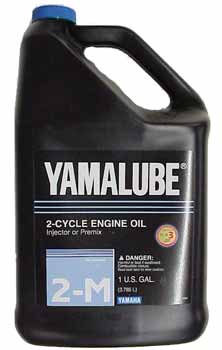TC-W3: Setting the Standard
 If you’ve been shopping around for outboard oil lately, you’ve probably noticed a small indicator on the label, proclaiming that the oil meets “TC-W3” standards. But what does this designation really mean? As one might expect, TC stands for two-cycle. The W is merely standing in for water-cooled. And the 3 simply means that it’s the third formulation of oil for two-cycle, water-cooled engines.
If you’ve been shopping around for outboard oil lately, you’ve probably noticed a small indicator on the label, proclaiming that the oil meets “TC-W3” standards. But what does this designation really mean? As one might expect, TC stands for two-cycle. The W is merely standing in for water-cooled. And the 3 simply means that it’s the third formulation of oil for two-cycle, water-cooled engines.
Now that you’ve learned to crack this cryptic motor oil code, it’s time to look in depth at how the TC-W3 standard is determined and which outboard oils make the grade. Two-stroke marine engines are characterized by the way they blend oil and fuel, thus providing lubrication for the engine even as it’s functioning. For many years, people mistakenly believed that this oil-fuel mixture would become archaic due to its environmental impact.
Luckily, the big-time competitors in the two-cycle market – Yamaha, Evinrude and Mercury – took the issue to heart and worked to create an oil formulation that would reduce mixture ratio to fuel and keep an engine running strong. That new formulation is known as TC-W3, and today’s Yamaha oil easily makes the grade. Bear in mind that the old motor oil lying around in your garage or shed might not be appropriate for outboards made after 1992. Consult the outboard manual for more information on the topic of oil compatibility.


Comments